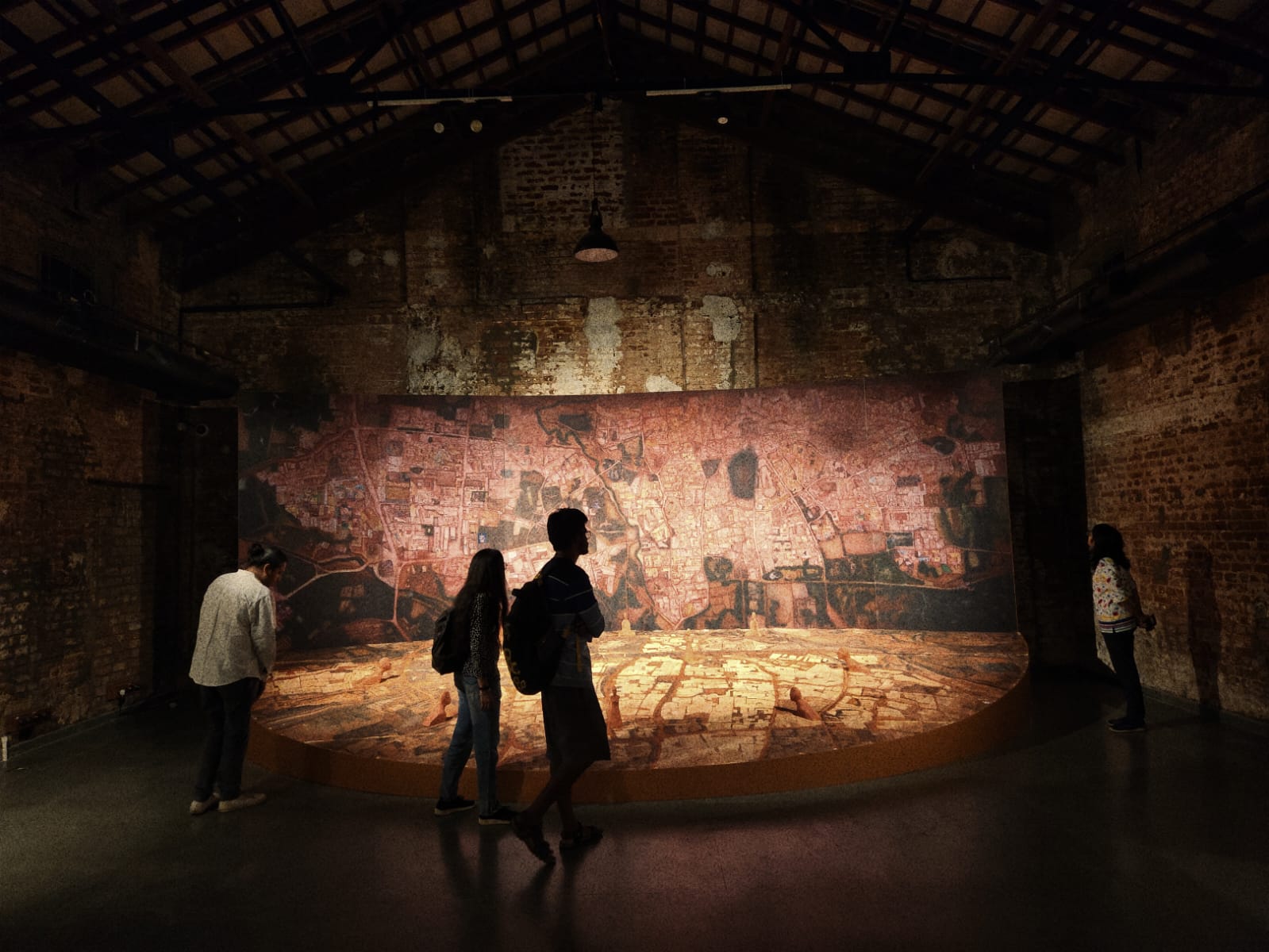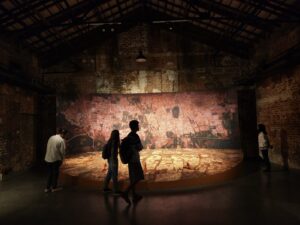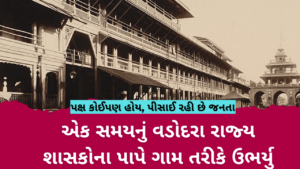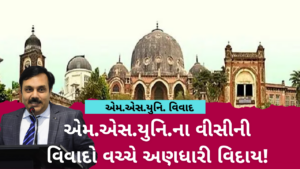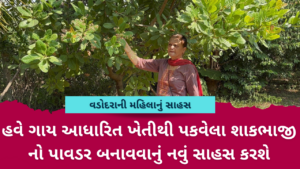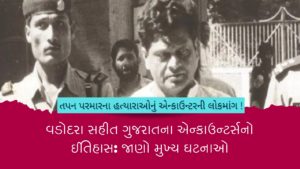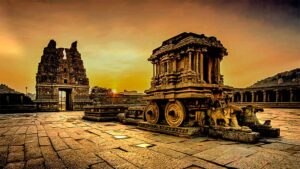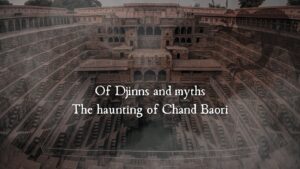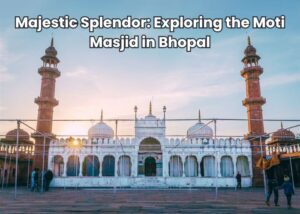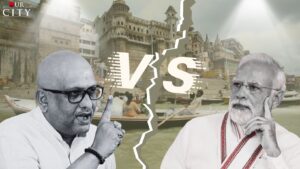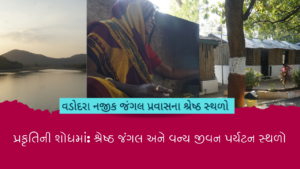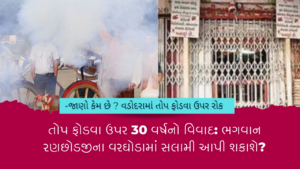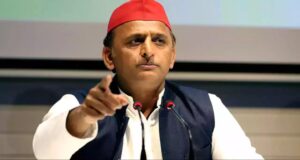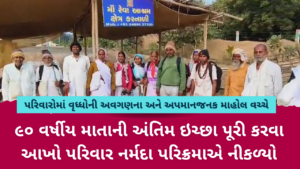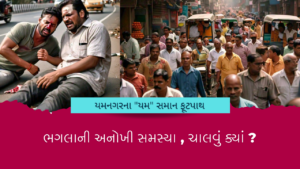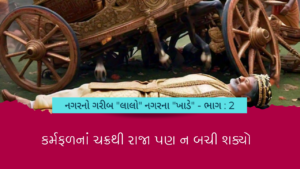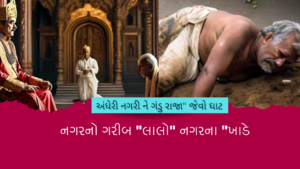Join us as we navigate through six decades of creativity. Beyond canvas and paper, Sheikh’s expressions encompassed painting, sculpture, writing, photography, and digital media. A true alchemist, he seamlessly merges history, politics, and the present, creating a unique blend.
The exhibition “City and Cities,” hosted at Space Studio, is a testament to Sheikh’s lifelong fascination with Baroda, the city that nurtured him, and other urban landscapes that found a place in his artistry.
Gulammohammed Sheikh, born in Surendranagar, Gujarat in 1937, completed an MFA in painting at the Maharaja Sayajirao University, Faculty of Fine Arts. He received the Commonwealth Scholarship at the Royal College of Art and was later conferred an associate of the academy. Sheikh taught art history and painting at MSU, Baroda, and served as a visiting artist faculty at the Art Institute of Chicago and a visiting fellow at Delhi University. He has been awarded numerous accolades, including the National Award by Lalit Kala Akademi, Padma Shri, and Padma Bhushan.
In Sheikh’s artistry, mediums metamorphosed – paint, sculpture, writing, photography, and digital media melded seamlessly, creating a visual collage that mirrored the complexities of the world he sought to portray. His oeuvre wasn’t a snapshot but a panorama, a vivid reflection of his ever-evolving thought process, ideas, and the journey he undertook to give birth to his creations.
In Indian contemporary art, Gulammohammed Sheikh emerges as a trailblazing luminary, his artistic legacy spanning over six captivating decades. Not merely confined to the confines of a canvas, Sheikh assumed the roles of an artist, storyteller, poet, and writer, fusing these identities into a symphony of creativity that resonated across time. His creations, akin to a palimpsest, bore layers of images, narratives, and mediums, each stratum a testament to his journeys, experiences, and memories. Sheikh possessed a unique alchemical ability to weave together the threads of history, politics, and the present, creating art that seemed both paradoxical and harmonious.
Venturing through his work was akin to exploring a labyrinth of paradoxes – a place where the past and present had balance, where history and contemporary intertwine. His works were a poetic symposium, inviting viewers to delve deep, as one would with a verse that demands to be savored, not merely skimmed. And just as a poet’s words demand a certain intensity of engagement, so did Sheikh’s paintings beckon us to immerse ourselves fully. They weren’t puzzles to be solved at a glance; they were narratives that demanded context and contemplation.
This exhibition, hosted at Space Studio, stands as a comprehensive testament to the artist’s lifelong fascination and deep exploration of Baroda, the city that shaped him, alongside the myriad other urban landscapes that found their way into his canvases over the years.
“City and Cities” bear the imprints of ethnicities, religions, and humanity at large. 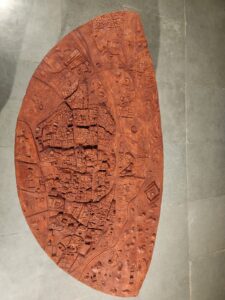
The year 1955 marked a pivotal juncture in Sheikh’s life when, at just eighteen, he moved from Surendranagar to Baroda. Here, he embarked on a journey of learning and later as a teacher at the Faculty of Fine Arts, nestled within the heart of M S University. Baroda was more than a city for Sheikh; it was a gateway to the world. From this nucleus, he embarked on extensive journeys, traversing London, Europe, the United States, and beyond. Every city he encountered inscribed new memories, each street a layer added to the evolving cartography of his mind. He was very inspired by history and literature leading him down the path of historical exploration and extensive reading. Engaging in literary circles, he fervently engaged in poetry, criticism, and the art of storytelling. Amid this, he penned essays and verses, experimenting with language just as he did with his visual expressions. His poetic influences ranged from Labhshakar Rawal in Surendranagar to the likes of Zaverchand Meghani, Nirmal Verma, Shrikant Verma, Sarveshwar Dayal Saxena, Sunil Kothari, and Pradumna Tana. Sheikh’s literary endeavors traversed styles and forms, shifting from the rustic Kathiawadi dialect to the liberating free verse and vernacular w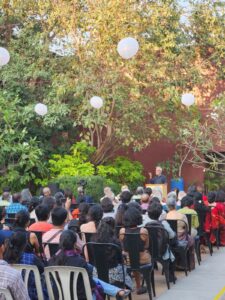 riting.
riting.
A vivid collection of eleven poems dedicated to cities, including the touching “Jaisalmer” (1963), a product of Sheikh’s visits in Rajasthan, graces this exhibit. Translated into English, these verses breathe life into the essence of the places they celebrate. A symphony of these verses was also orchestrated into melodies by Vanraj Bhatia, the harmonious echoes of which can be heard alongside Sheikh’s photographs of Jaisalmer.For Sheikh, writing and painting weren’t mere mediums; they were interconnected facets of his expression. A symbiotic relationship 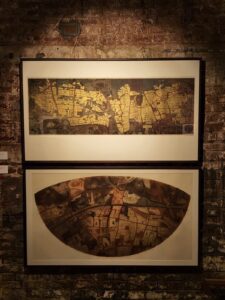 of words and colors. This exhibition was a celebration of these intertwining narratives – a tribute to a visionary who saw the world and translated its essence onto canvas and parchment alike.
of words and colors. This exhibition was a celebration of these intertwining narratives – a tribute to a visionary who saw the world and translated its essence onto canvas and parchment alike.
Sheikh took an experiential journey in China’s heartlands between 2006 and 2010. His journeys were more than just passes; they were gateways to knowledge, defining the climax of a monumental work that pushed the bounds of form and imagination. “CITY: Memory, Dreams, Desire, Statues, and Ghosts: Return of Hiuen Tsang,” a magnum opus, containing painting, sculpture, and installation. This masterpiece was presented in Shanghai from 2010 to 2011, in a moving show. Yet, this exhibit is more than an assortment of final products; an insight into the very essence of his craftsmanship. Imagine peering over his shoulder as he harnessed the power of satellite imagery, capturing the essence of his beloved Baroda from the vantage point of Google Earth. This fusion of the digital and the artisanal forms the backbone of his creation, a reflection of his multidimensional perspective.
Sheikh’s intent was profound – to craft “other spaces of memory, dreams, and desire.” His artistic expedition wasn’t just about the present; it was about conjuring a reality that could have been, a reflection of the Silk Road’s seekers and travelers, like the venerable Hiuen Tsang, stepping onto the streets of contemporary Baroda after concluding their journeys. Sheikh’s art examines the Silk Road’s intriguing pull, taking visitors to a realm where artistic expression transcends temporal limits, embracing a varied and timeless universe. This exhibition features Sheikh’s personal collection of original prints and reproduced paintings that explore metropolitan environments and their people. A bird’s eye view reveals the artist’s passion for the city and its residents, providing an intriguing visual viewpoint. Sheikh’s work is representative of an ongoing dialogue between the city and the rest of the globe, representing the essence of our daily lives. The exhibition enables visitors to put themselves in the shoes of the artist, to see the cityscape through the eyes of an observer, and to discover the various layers that make up the great tapestry of memory and meaning. Sheikh’s inquisitiveness and originality transcend time, converting art into a dynamic dialogue between history, perception, and personal experience.
–An Article By Poojan Patel

